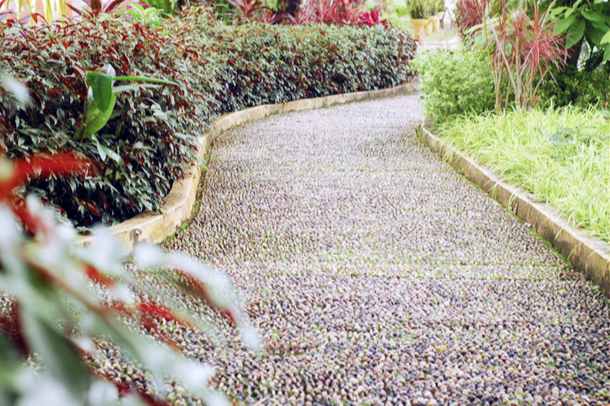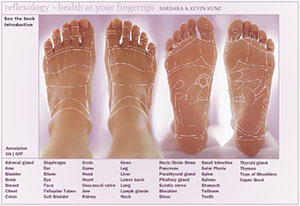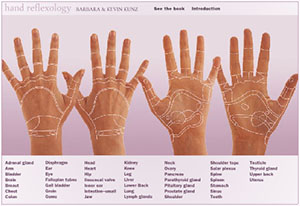History
What is the history of reflexology?
Around the world and throughout history, reflexology has been rediscovered as a health practice time and time again.
While it may seem natural to rub a tired hand or stubbed toe, evidence points to reflexology work as a therapy utilized by ancient physicians. The earliest, carved into stone at the Tomb of the physician at Saqqara depict scenes representing a form of reflexology, dates from 2350 B. C. E. In the Medical Teachers Temple at Nara, Japan, built in A. D. 790, bronze statues of seated Buddhas have special symbols cast into their hands and feet that are thought to reflect reflex areas. Chinese, Indian and other ancient culture show evidence of reflexology practices as well.
As it was handed down throughout the ages, reflexology use and techniques ebbed and flowed. Today’s reflexology in Western cultures came about as physicians of the late 1800s were trying to explore how the nervous system worked by using needle, pressure, the application of heat or cold, vibration and other techniques. Their results came to be viewed as reflexes, which lead to stimulating reflex areas on the hands and feet to impact specific parts of the body.
American and Germany developments in charts and techniques launched today’s reflexology in the West. Traditional practices continue in Asia with widespread use as well as an industry providing services, products and reflexology paths.









